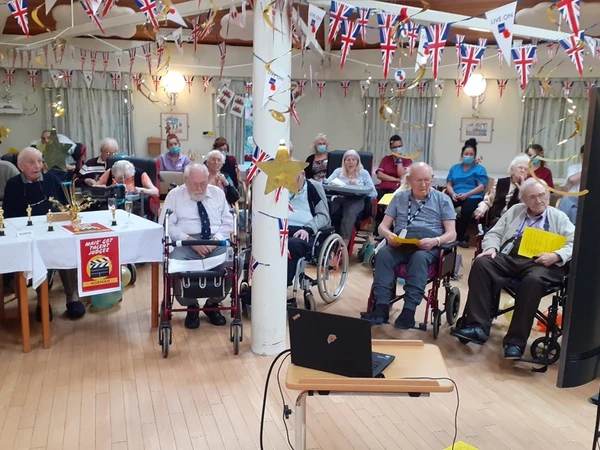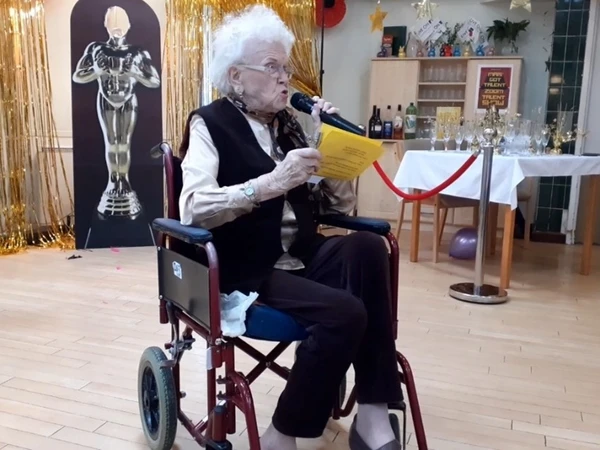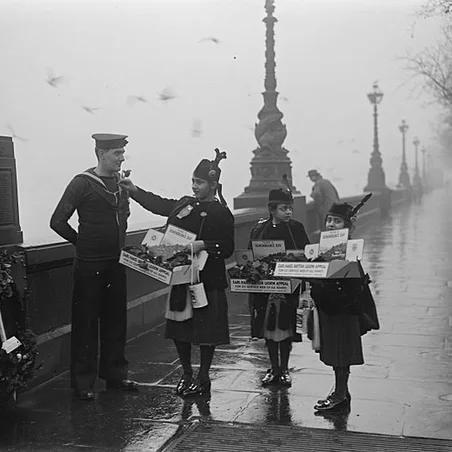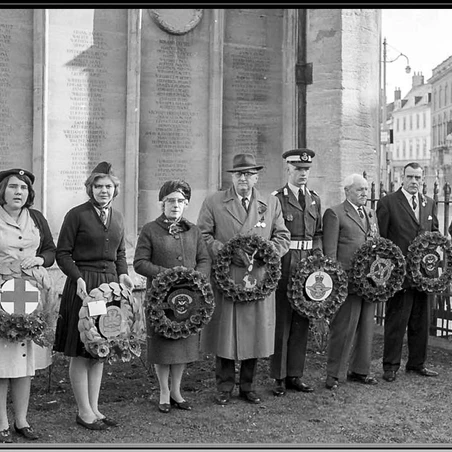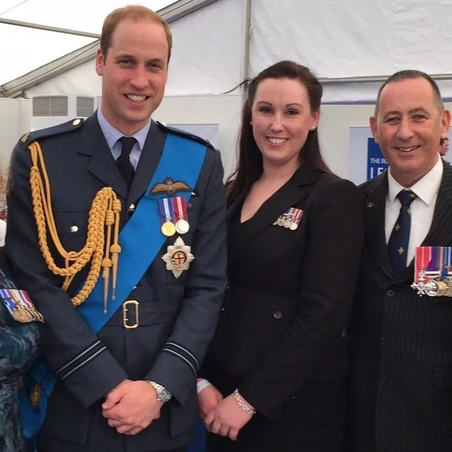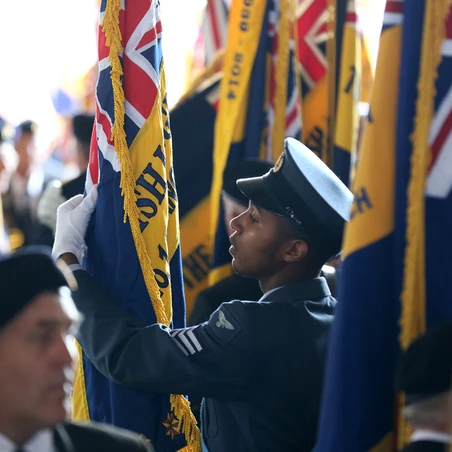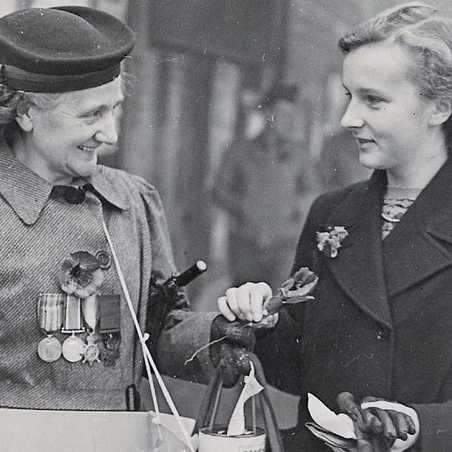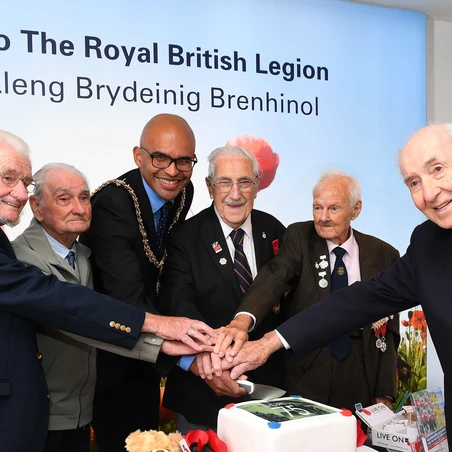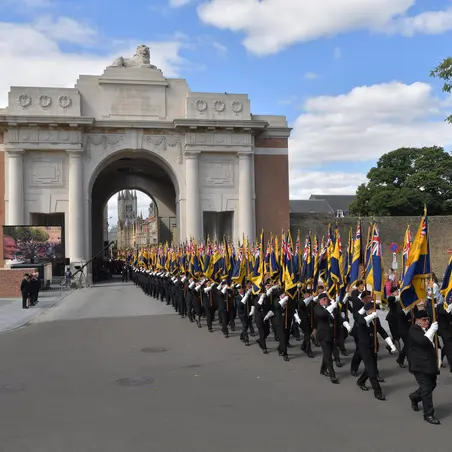The Royal British Legion brings people together to fundraise, commemorate and celebrate.
From local fetes to grand balls, explore how RBL has brought local, national and international communities together.
Ulverston Royal British Legion Pantomime
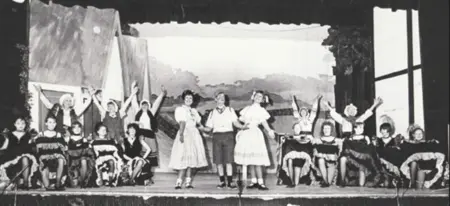
The show takes place in January every year because the RBL volunteers were often too busy fundraising for Remembrance Day in November and so held the pantomime in January to give them more time to create the costumes and paint the scenery.
Ulverston Pantomime Society
The Ulverston Pantomime Society has been running for more than 70 years and was originally set up by the Royal British Legion to raise funds to support the charity.
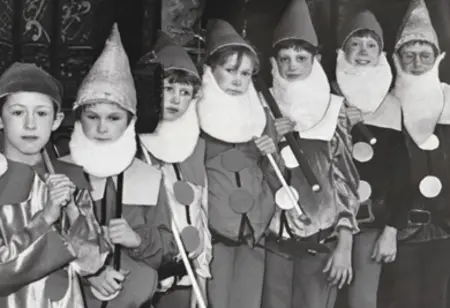
Bringing communities together
Bringing the community together has always been a strength of the Royal British Legion and the success of this still very popular show is testament to the camaraderie of RBL members and supporters.
Mais House brings together residents and their families in lockdown
Mais House virtual talent show
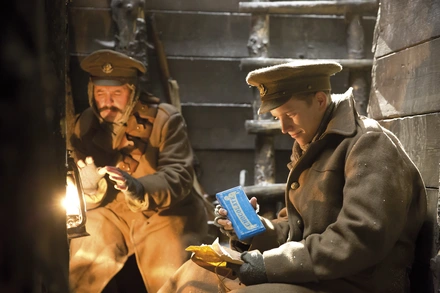
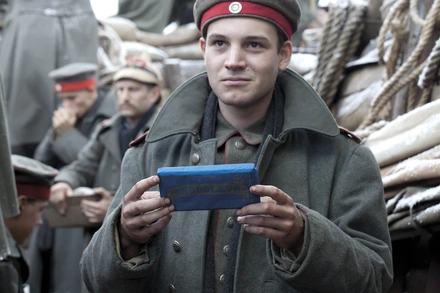

Sainsbury’s First World War Centenary Campaign
In 2014, Sainsbury’s marked the First World War centenary in a very special campaign. The company has been a staunch supporter of the Poppy Appeal for many years but, for the first time, they extended their support of the RBL into Christmas, using their high-profile television adverts to promote the charity and the partnership.
The hugely iconic ‘Christmas is for Sharing’ campaign depicted the famous “Christmas truce” in which some British and German soldiers met in no-man's land, exchanging gifts and allegedly playing football. The advert showed one solider giving a German soldier a bar of Sainsbury’s chocolate. Sainsbury’s made a limited amount of those bars to be sold in store and they sold out in record time, prompting an increased order of one million bars, raising £500,000 for the charity.
The Christmas TV advert brought the importance of the centenary of the First World War to the forefront of people's minds and opened up discussions about the Great War and the humanity that was present on Christmas Day 1914. Our corporate partnerships are incredibly important to the RBL, not only promoting the organisation, but raising much needed funds for our welfare work.
Memoires of a British Legion daughter
My family moved to Buckinghamshire in 1954, where my father Geoffrey Dowling MBE, was actively involved with the Farnham Common branch of the British Legion.
My earliest memories are of the British Legion Fete in Farnham Royal. It was the fete to beat all fetes with people coming from miles around. As the Second World War was still fresh in people’s memories, and National Service still in force, many families had connections with the Armed Forces.
There were donkey rides in the orchard, hoopla, raffles, the tombola, skittles, second-hand clothes, a cake stall, a brass band, a beer tent, and a BBQ. It was a very popular event. Khaki army tents were borrowed to house the various stalls and keep the hard-working volunteers in the shade with my brother and his friends sitting underneath the tables to keep an eye on the swarms of customers. I was also roped in at the earliest opportunity when I was coerced into dressing up as a Regency flower seller, selling bunches of lavender. I had to have my photo taken at the village pump by the regional press, much to the amusement of the local boys.
My father was forever in British Legion meetings, which just happened to take place in the local pub, and it became a joke in our house that whenever a date was proposed for something my father’s reaction was “I have a British Legion Meeting that day.” He even joked that he had one on my wedding day! The friends my parents made in the RBL stayed with them for life and The Royal British Legion was very much a part of our family and community.

Housing schemes
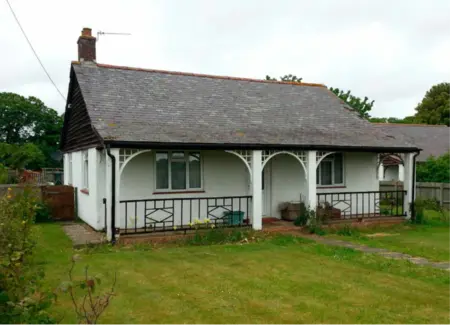
The British Legion campaigned for better housing and employment support for servicemen returning home after the First World War. Parliament was slow to respond to the growing needs of unemployed and disabled veterans and so the British Legion decided to take action.
In 1925, the British Legion took over an industrial settlement and set it up for servicemen suffering from Tuberculosis during the war at Preston Hall, Kent. The Legion also built additional hostel accommodation for single men and houses for families with a grant aid from the Ministry of Health.
Campaigning for fair treatment
Bungalow, 1923, at Preston Hall British Legion Village near Maidstone designed for veterans with tuberculosis. The veranda provides sheltered access to the fresh air, considered important in treatment at that time.
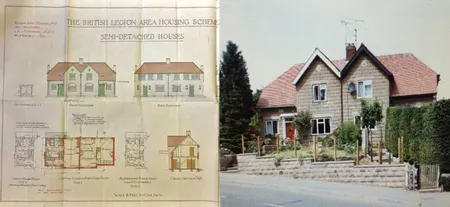
Fighting injustices
Housing was one of the British Legion’s top priorities alongside pensions and employment from the start of its journey.

The riverside location helped the veterans to recover after the war. The former Prince of Wales laid the foundation stone for Howson Terrace in Richmond in 1926, with the facade displaying poppy wreaths in the brickwork.
Working with Poppy Factory
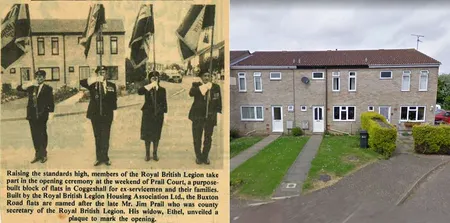
Building legacies
Today, many of the houses built and hospitals run by the RBL over the decades have been passed to other housing and health authorities, as the organisation focusses on other needs faced by the Armed Forces community.

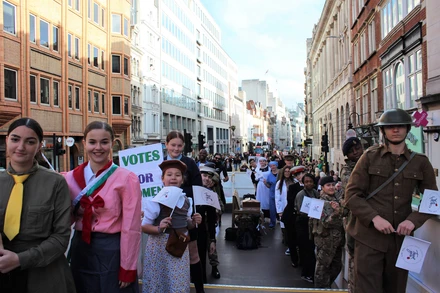
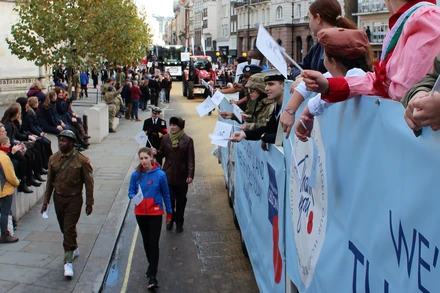
The Lord Mayor’s Show
In November 2018, the London Area team and a band of cadets brought the ‘Thank You’ campaign and one hundred years of history to life at the Lord Mayor’s Show parade.
The team dressed as characters, including suffragettes, soldiers, land girls, and healthcare professionals from 1918 through to the present day. Walking alongside the float, they experienced the excitement and warmth of the cheering crowds lining the route.
The journey began as a requirement of the Lord Mayor to travel to Westminster to take an oath of loyalty to the Sovereign. Originally, this journey was mostly made by barge on the Thames, the usual method of transport for this route in those days. Pageantry and display gradually grew around the trip to become the spectacle we see today, and the Royal British Legion often takes part.
The cadets gave out RBL flags and shook hands with people in the crowd whilst the Lord Mayor waved furiously from his golden painted coach. Being part of the parade gave the team and volunteers great pride being part of an incredible event and memories that will stay with them all for a lifetime.
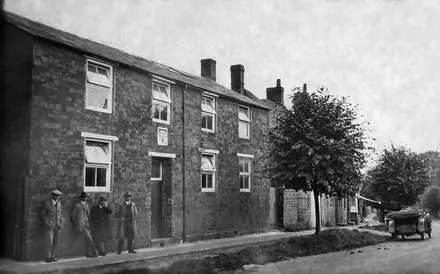

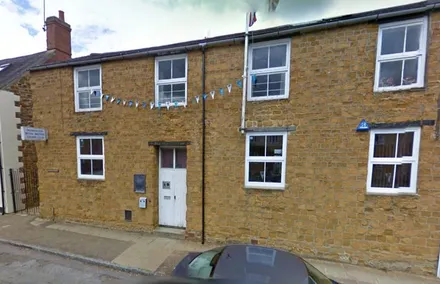
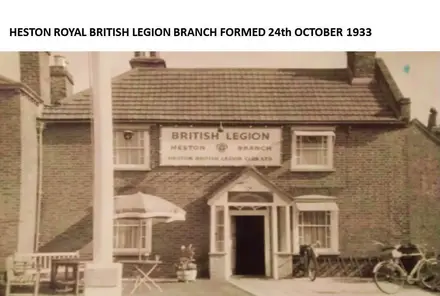
Royal British Legion Clubs
As British Legion branches sprung up all over the country, so too did British Legion Clubs. These were social clubs which were separate from the branches but provided a place for members to meet up and connect with their community. Those who had served in the Wars had often spent years in units or ships fighting overseas, but returned to a more solitary life back home without the camaraderie that had become such a central part of their war years. The British Legion clubs gave these veterans a much-needed space to reconnect with those who had had similar experiences. The clubs became a support network for thousands of individuals..
Each club is run independently and regulated by the Financial Conduct Authority, often with a committee at the helm. RBL clubs work closely with their affiliated local branch to help maintain membership numbers.
Primarily licenced bars with pool tables and darts boards, they continue to be a hub of activity for fundraising events, educational talks and celebrations throughout the years.
Today, there are 400 licenced Royal British Legion clubs nationally, many with an attached branch providing much-needed support to beneficiaries. With membership now available to all, RBL clubs sit at the heart of local communities.
*Images of Deddington Club in 1920s and 2018 | Inside Deddington Club today | Heston Club and Branch premises 1933
-(1).jpg?sfvrsn=cf31b2a8_2&method=ResizeFitToAreaArguments&width=440&height=660)
.jpg?sfvrsn=8ea18c6f_2&method=ResizeFitToAreaArguments&width=440&height=660)
.jpg?sfvrsn=c1993552_2&method=ResizeFitToAreaArguments&width=440&height=660)
Human poppy world record attempt at Galanos House
Galanos House, the flagship RBL care home located in Warwickshire, celebrated it’s 50th anniversary with a Guinness World Record Attempt in 2017.
Working with local school, Southam College, Galanos put out the call for 2,500 people to form the largest human flower. It was of course, to be in the shape of the Royal British Legion’s poppy. Members of the public, school children, the Army, local Scouting groups, the Women’s Institute and, of course, Galanos House residents and staff came together to achieve a wonderful display of community and support. Each participant was given a coloured poncho and the shape of the poppy was drawn out to scale on the school playing fields. With everyone in place, the poppy was formed.
The event ended with 2,609 people aged between 2 -100 years old creating the giant, human poppy. Although the record was deemed to be an 'unofficial record', there was so much more achieved from the day by bringing people together and strengthening the community ties that honoured 50 years of veteran’s support in the local area.
Chipping Norton’s Commemorative Stained-Glass Window
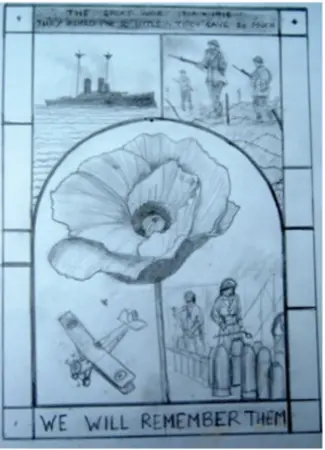
Bringing a community together
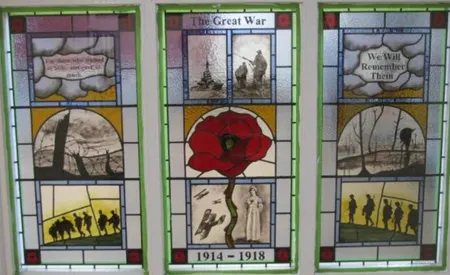
Remembering The Fallen
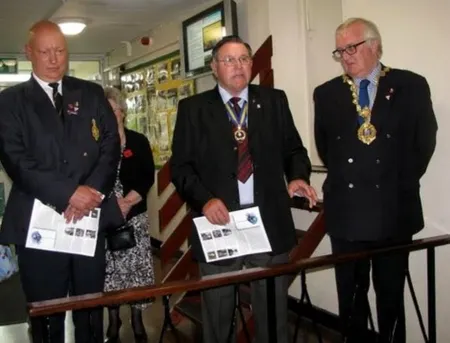
Chipping Norton Branch leads the ceremony
Collections of Tyldesley branch Vice Chairman, Keith Stott
-and-steve-burke-with-tyldesley-standard.jpeg?sfvrsn=77b7523e_4&method=ResizeFitToAreaArguments&width=450&height=450)
About Keith Stott
Image of Keith Stott and Steve Burke at GP90, with Tyldesley branch standard.
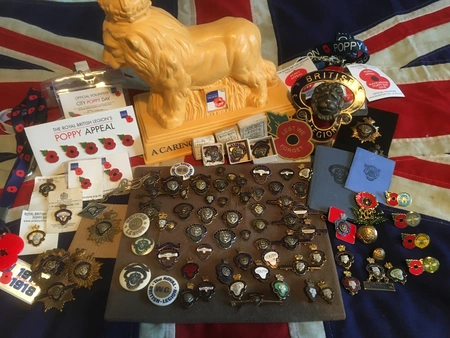
His collection includes:
"Princess Mary Tin (containing a cigarette from 1914), 1914 Star Trio with ‘Clasp’ to Pte George Dingley, ID Disks of Pte Frank Thorne and Pte James Hawes, and a Poppy worn by Captain Basil Miles Peck MBE RN, who served in the Royal Navy during both world wars."
Collection of Keith's RBL items
Today, Keith owns a large collection of items relating to the organisation and the associated charities which formed the Royal British Legion in 1921.
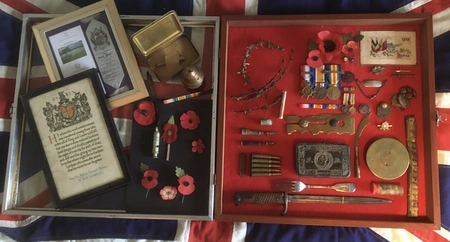
In his retirement, Keith attends local schools to talk to children about Remembrance, explaining what was endured during the First World War and how this legacy remains relevant today in the support RBL still provide to the Armed Forces community.
First World War collections
Keith's display case of First World War items that he takes to local schools as a teaching aid during the period of Remembrance.
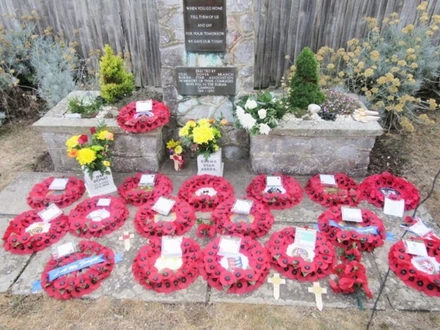

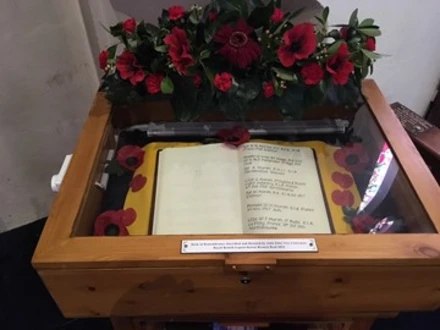
Royal British Legion Downs branch Remembrance service
In 2014 the Royal British Legion Downs branch organised a special Remembrance service and concert to mark the centenary of the beginning of the First World War.
Attended by over 400 people from the local community, the service took place in a local church and featured youth organisations as well as a Burma Star veteran, a Navy veteran and Cadets.
As guests arrived at the church they were greeted by a line of lit candles. At 9pm these we’re extinguished as the immortal words – “The lights are going out all over Europe” – were read out.
The occasion was also marked by the presentation of a special leather book in which the name of every man from the local area lost in the First World War was written.
*Images from the recent Burma Star service at the Burma Star Memorial in Deal.
The Braunstone Poppy Cascade project, Leicestershire

Each poppy represented the fallen from the First World War.
Every poppy was sewn onto a huge net and draped from the roof of the community centre down to a huge WW1 memorial stone.
WW1 poppy commemoration
In 2018, the community of Braunstone, Leicester came together to hand knit over 16,000 poppies.
*Image: Cascade of knitted poppies in Braunstone.
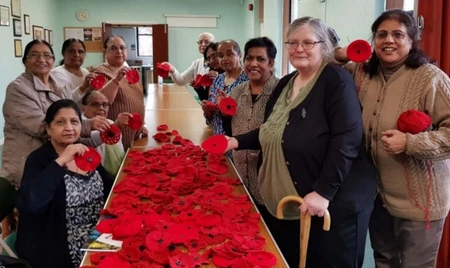
RBL volunteers and staff worked with the community to help sew the poppies onto the net for the grand display - an amazing way for people to come together.
Braunstone community comes together
The community in Braunstone, Leicester have created 16,500 cascading handmade poppies. 14,177 of them commemorate each Leicestershire man who died as a result of WWI.
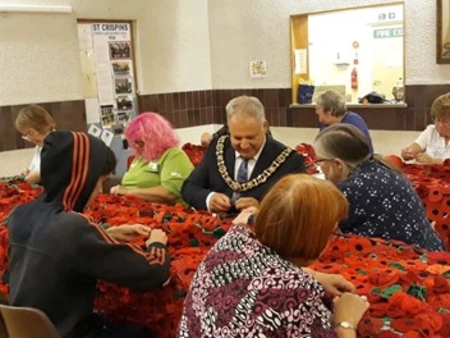
The cascade of thousands of hand-crafted poppies was unveiled on 7 November 2018 as a tribute to the First World War generation.
There was a memorial event for the unveiling which was attended by dignitaries, veterans, and locals.
Lord Mayor of Leicester
In 2018, the Lord Mayor of Leicester Cllr Ross Grant dropped in to the Braunstone civic centre to join local volunteers at their poppy-making session.



